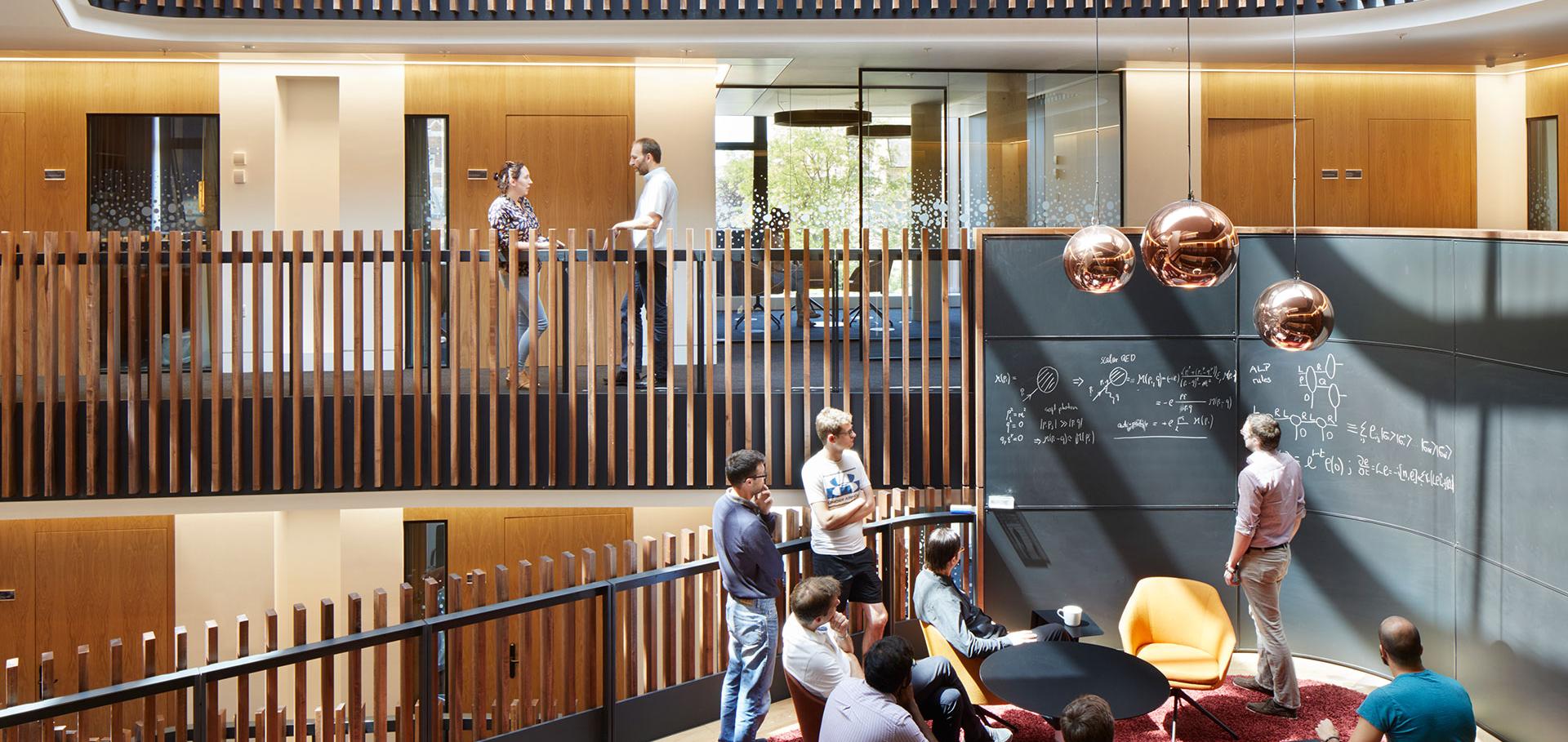Gamma-ray and X-ray emission from the Galactic Centre: hints on the nuclear star cluster formation history
(2017)
Black Hole Mergers in Galactic Nuclei Induced by the Eccentric Kozai-Lidov Effect
(2017)
Isotropic–Nematic Phase Transitions in Gravitational Systems
The Astrophysical Journal American Astronomical Society 842:2 (2017) 90-90
Abstract:
We examine dense self-gravitating stellar systems dominated by a central potential, such as nuclear star clusters hosting a central supermassive black hole. Different dynamical properties of these systems evolve on vastly different timescales. In particular, the orbital-plane orientations are typically driven into internal thermodynamic equilibrium by vector resonant relaxation before the orbital eccentricities or semimajor axes relax. We show that the statistical mechanics of such systems exhibit a striking resemblance to liquid crystals, with analogous ordered-nematic and disordered-isotropic phases. The ordered phase consists of bodies orbiting in a disk in both directions, with the disk thickness depending on temperature, while the disordered phase corresponds to a nearly isotropic distribution of the orbit normals. We show that below a critical value of the total angular momentum, the system undergoes a first-order phase transition between the ordered and disordered phases. At the critical point the phase transition becomes second-order while for higher angular momenta there is a smooth crossover. We also find metastable equilibria containing two identical disks with mutual inclinations between $90^{\circ}$ and $180^\circ$.Accuracy of Estimating Highly Eccentric Binary Black Hole Parameters with Gravitational-Wave Detections
(2017)
Testing the binary hypothesis: pulsar timing constraints on supermassive black hole binary candidates
(2017)


